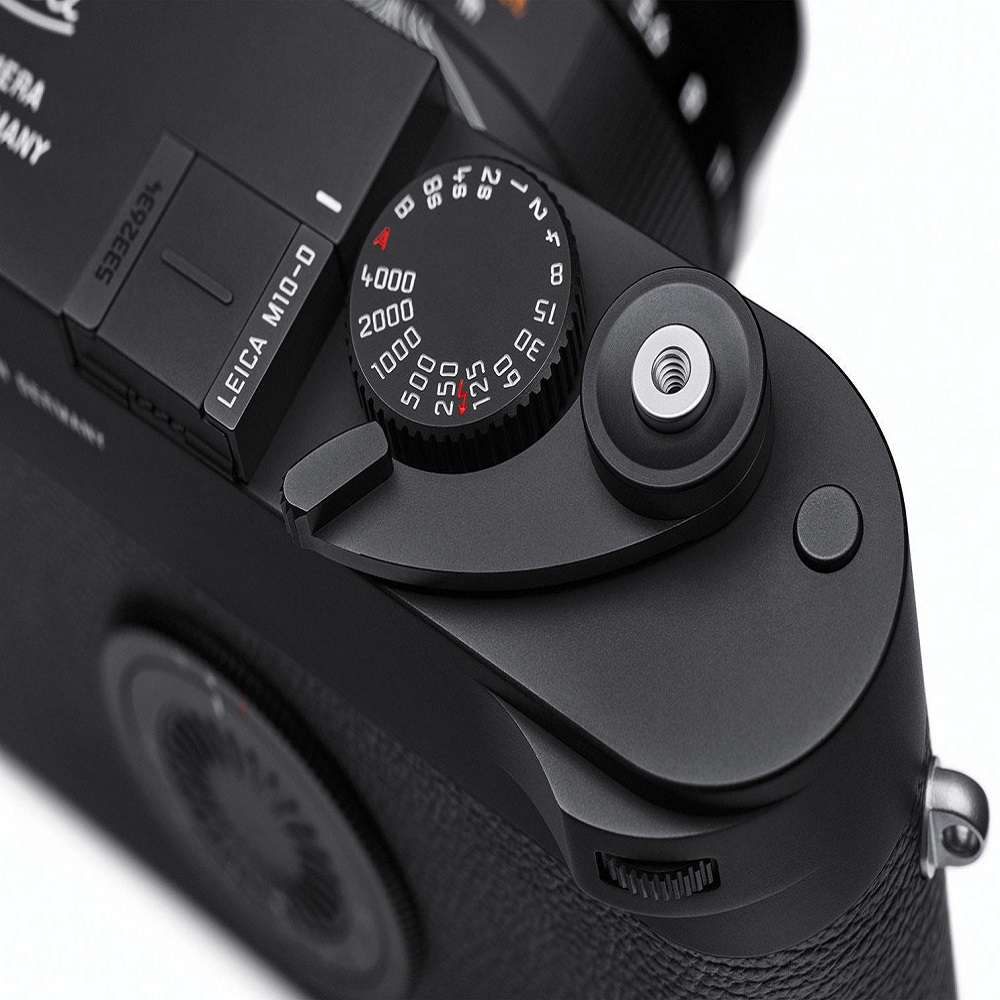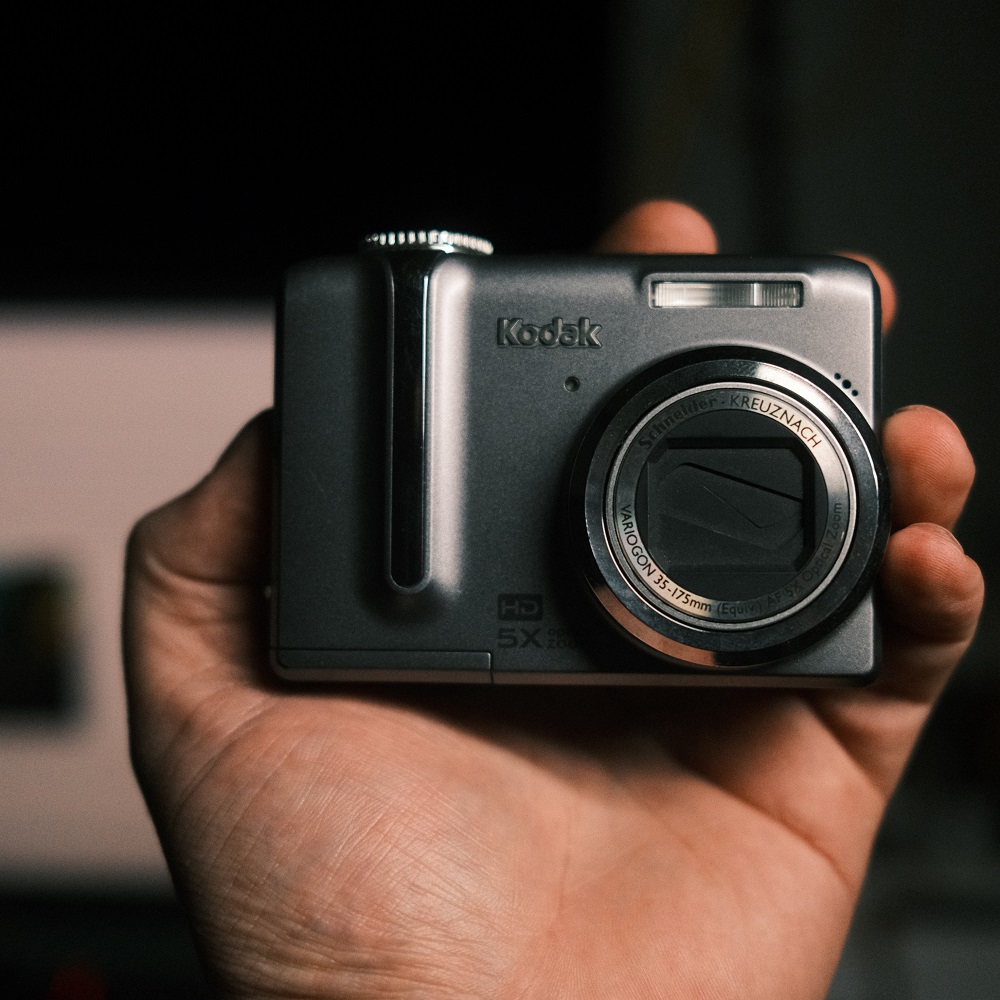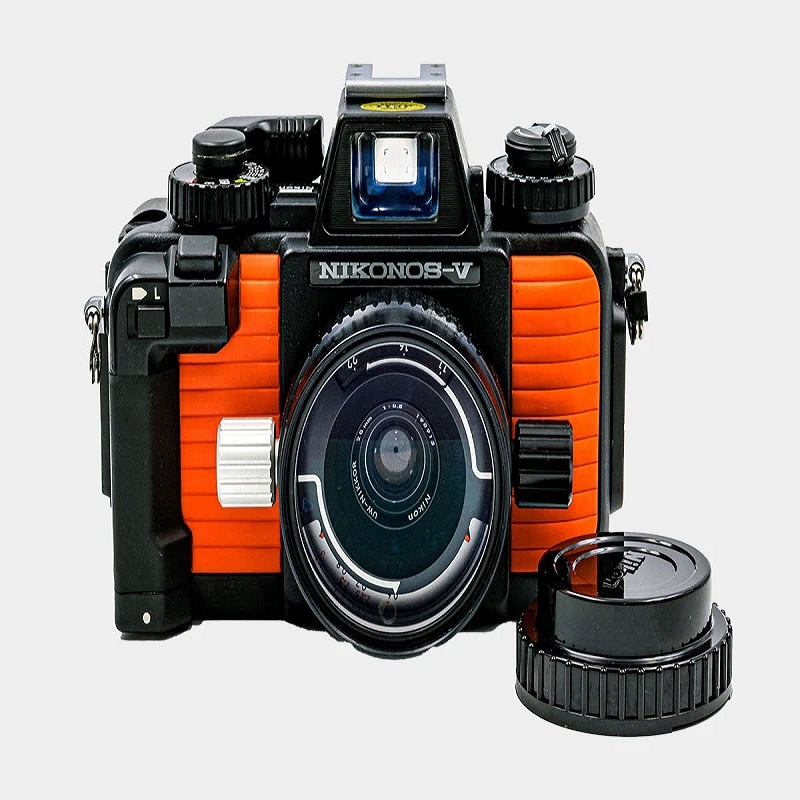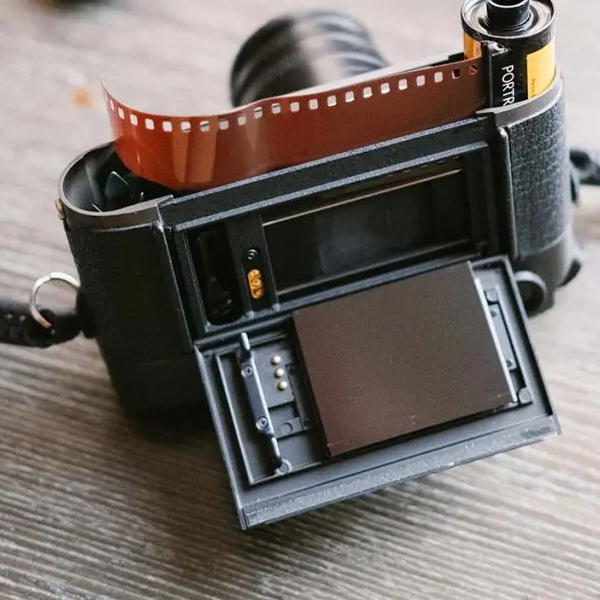In a world saturated with technology, the allure of retro-inspired design remains potent and inspiring. For photography enthusiasts, there is a particular charm in the timeless look and feel of film cameras, paired with the convenience of digital technology. Thanks to various camera manufacturers who have combined modern digital functionalities with classic aesthetics, photographers can now enjoy the best of both worlds. This article will navigate through the top digital camera that looks like film-like appearance and functionality, appealing to both nostalgic sentiments and contemporary needs.
Fujifilm X Series: Mimicking Medium Format Classics
Fujifilm X-T4: Fusion of Old-School Design and Cutting-Edge Features
The Fujifilm‘s X-T4 is a strong contender when it comes to cameras with a vintage vibe. With its compact, metallic body and mechanical dials, it mirrors the analog experience. The tactile feedback of turning the dials for ISO, shutter speed, and exposure compensations harkens back to the golden days of film. While bearing a classic look, the X-T4 doesn’t hold back on modern capabilities, delivering 26.1 MP resolution, in-body image stabilization, and 4K video recording.
Fujifilm X100V: The Quintessential Street Photographer’s Tool
The Fujifilm X100V is a beautiful blend of retro style and performance. This fixed-lens camera exudes a rangefinder aesthetic, reminiscent of the legendary film cameras of the past. Alongside its timeless design, the X100V comes equipped with a 23mm F2 lens and a 26.1 MP X-Trans sensor. The hybrid viewfinder allows photographers to switch between optical and electronic modes, paying homage to the film cameras’ viewing mechanisms while providing all the benefits of a digital interface.

Leica M-Series: Timeless Design Meeting Modern Tech
Leica M10-D: Digital “Film” Camera Sans LCD
The Leica stands as a testament to heritage and artisanal skill, with its M10-D digital camera that looks like film distinctively lacking a rear LCD screen, intentionally crafted to replicate the feeling of using a traditional film camera. This design choice prompts photographers to concentrate on the moment they are capturing, similar to the practice of film photography, where the scene takes precedence over immediate image review. Despite this minimalistic approach, the M10-D houses a full-frame sensor and offers wireless connectivity to access photos and change settings via a smartphone app, thus retaining digital convenience.
Leica Q2 Monochrom: Monochrome Mastery in a Vintage Wrapper
The Leica Q2 Monochrom is a unique offering that shoots solely in black and white, reminiscent of the classic monochrome film days. Its design is a nod to Leica’s historical cameras, with a quiet, unobtrusive profile that is perfect for street and documentary photography. This camera combines a 47.3 MP full-frame monochrome sensor with a sharp Summilux 28mm f/1.7 lens, providing high-quality, detailed images in a style that harks back to the heyday of film.
Olympus PEN Series: Compact and Stylish
Olympus PEN-F: A Digital Tribute to the 35mm Original
The Olympus PEN-F revives the spirit of its 1960s predecessor through a body that echoes vintage camera styling. This mirrorless model doesn’t just look the part: it’s built with a 20 MP Live MOS sensor and 5-axis image stabilization, along with creative features like a dedicated front dial for black-and-white or color profile adjustments, making it feel like you’re selecting film types from yesteryear.

Panasonic Lumix GX Series: Modern Performance with Retro Cues
Panasonic Lumix GX9: Discrete Design with Powerful Features
If discreet street shooting with a retro-designed camera is your goal, the Panasonic Lumix GX9 may be the answer. Its tiltable electronic viewfinder and rangefinder-esque body, reminiscent of cameras from the 60s and 70s, make it stylish yet functional. The GX9 comes equipped with a 20.3 MP Micro Four Thirds sensor, in-body stabilization, and 4K video capabilities, all wrapped up in a compact, travel-friendly package.
Choosing Your Own Retro Digital Camera
Balancing Aesthetics with Functionality
While the look may be the initial draw, when selecting a digital camera that looks like film personality, it is crucial to consider how its features align with your photography needs. Decide whether you value a high-resolution sensor, diverse lens compatibility, or video recording options. Ensure that your choice strikes the perfect balance between its nostalgic design and modern performance, ultimately enhancing your photography experience.
Sony A7C: Classic Feel with Full-Frame Benefits
Sony’s Compact Approach to Nostalgia
While Sony’s A7C may have a more modern silhouette than some of the other cameras discussed, it still incorporates elements of vintage design in its compact form. The A7C offers a full-frame sensor within a body size that is more synonymous with APS-C cameras. The camera’s design showcases retro styling. It has dials and buttons providing manual control over photography. This manual control is reminiscent of film camera operations. A standout feature is the impressive full-frame 24.2 MP sensor. The sensor is housed in a body that is far more compact. It takes up less space in your bag compared to traditional full-frame DSLRs.

Innovative Features That Complement the Retro Look
Mirrorless Tech: Bringing the Past and Future Together
Many retro-styled cameras are part of the mirrorless revolution, combining classic aesthetics with the technological advancements of mirrorless systems. These cameras often provide in-body image stabilization. They come with silent electronic shutters. And they feature fast autofocus systems. Their bodies feel like they’re from a bygone era. The benefit is the ability to engage with photography as with a traditional film camera. Meanwhile, you still achieve sharp, high-quality digital images. These images can be viewed and edited immediately.
Connectivity and Sharing: The Digital Edge
Instant Gratification with a Vintage Touch
A significant advantage of these retro-styled digital camera that looks like film is their ability to connect to modern devices for quick image sharing. WiFi and Bluetooth capabilities, often absent from genuine vintage cameras, are standard in these models. They allow photographers to immediately transfer images to smartphones or tablets for editing or sharing on social media. This instant connectivity gives a digital advantage to the nostalgic feel of classic photography, satisfying the needs of today’s connected world.
Adapting to the Retro Revolution in Photography
Preserving the Aesthetic While Enjoying Modern Conveniences
The current retro revolution in photography speaks to myriads of users who long for the tactile sensations and visual aesthetics of film cameras. As more enthusiasts express interest, manufacturers are likely to invest in developing features that enhance the retro experience further. Newer cameras may feature simulated film grain effects. They might have advanced hybrid viewfinders. Or they could have mechanical controls that precisely mimic vintage models. These retro-inspired cameras will continue to evolve. They won’t sacrifice the convenience of modern digital photography. This includes features like touch screens. High ISO performance is also a part of this convenience. And so are advanced autofocus systems.
Reflecting on the Blend of Tradition and Technology
Embracing the Old to Inspire the New
The fusion of traditional design with modern technology does more than pay homage to the past; it inspires the future. Photographers who use these cameras are not only making a statement about their style but are also choosing tools that offer a unique user experience. This blend can invigorate the photographer’s creativity and offer a more engaging, connected form of artistry. The industry honors the craft’s history with these design choices. It can spark interest in the origins and principles of photography for a new generation. The past’s reinvention within the current camera market is more than a trend. It’s a celebration of photography’s rich history. It is an invitation to innovate within that legacy.
Cameras styled after the film era offer a tactile and visual experience often missing in digital photography. Models such as the Fujifilm X-T4 and X100V, Leica M10-D and Q2 Monochrom, Olympus PEN-F, and Panasonic Lumix GX9 honor the legacy of film. At the same time, they provide the advantages of modern digital improvements. Choosing a camera from this category means welcoming a combination of nostalgia and cutting-edge technology. It’s about celebrating the history of photography and utilizing the power of contemporary digital tools to produce remarkable images.
